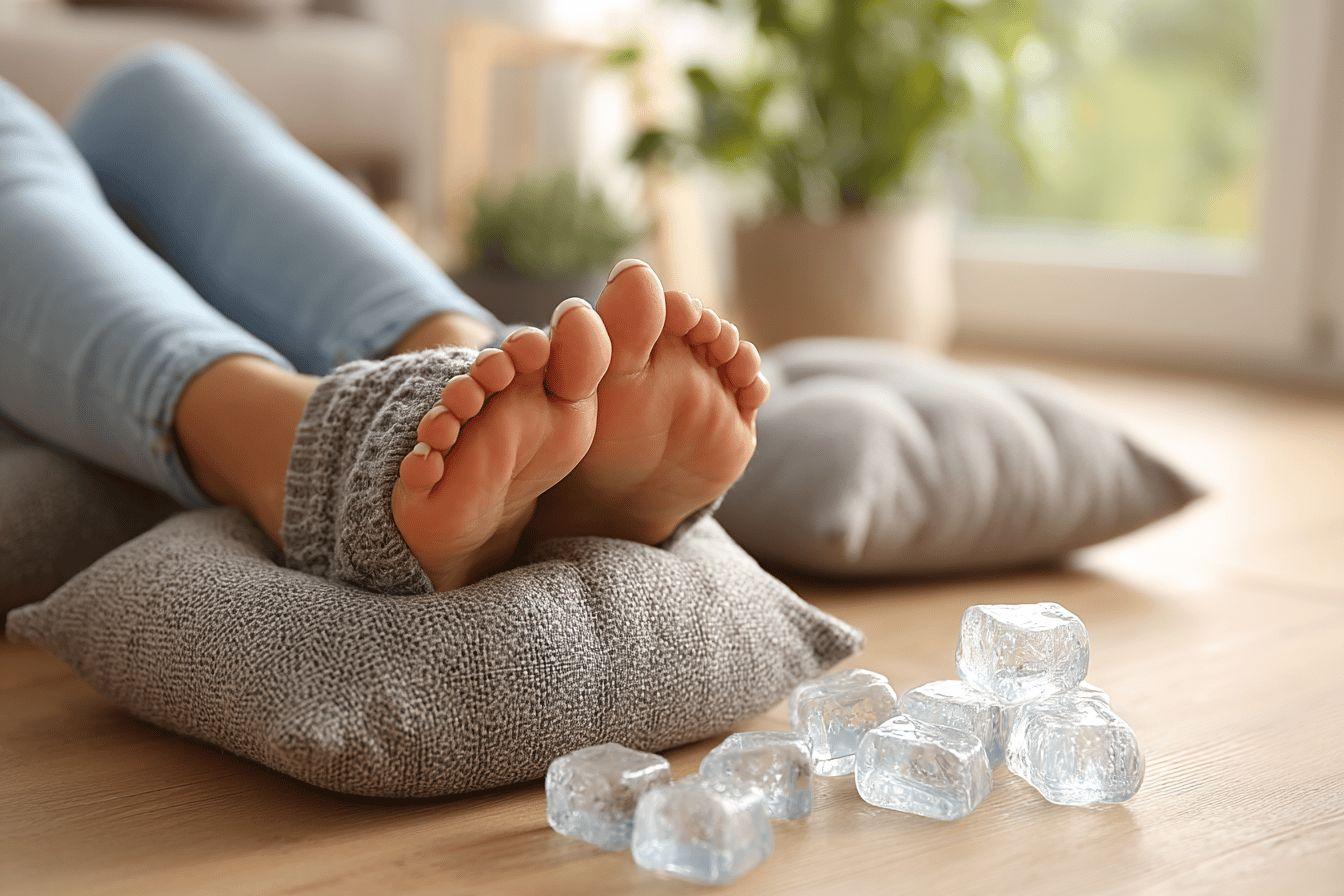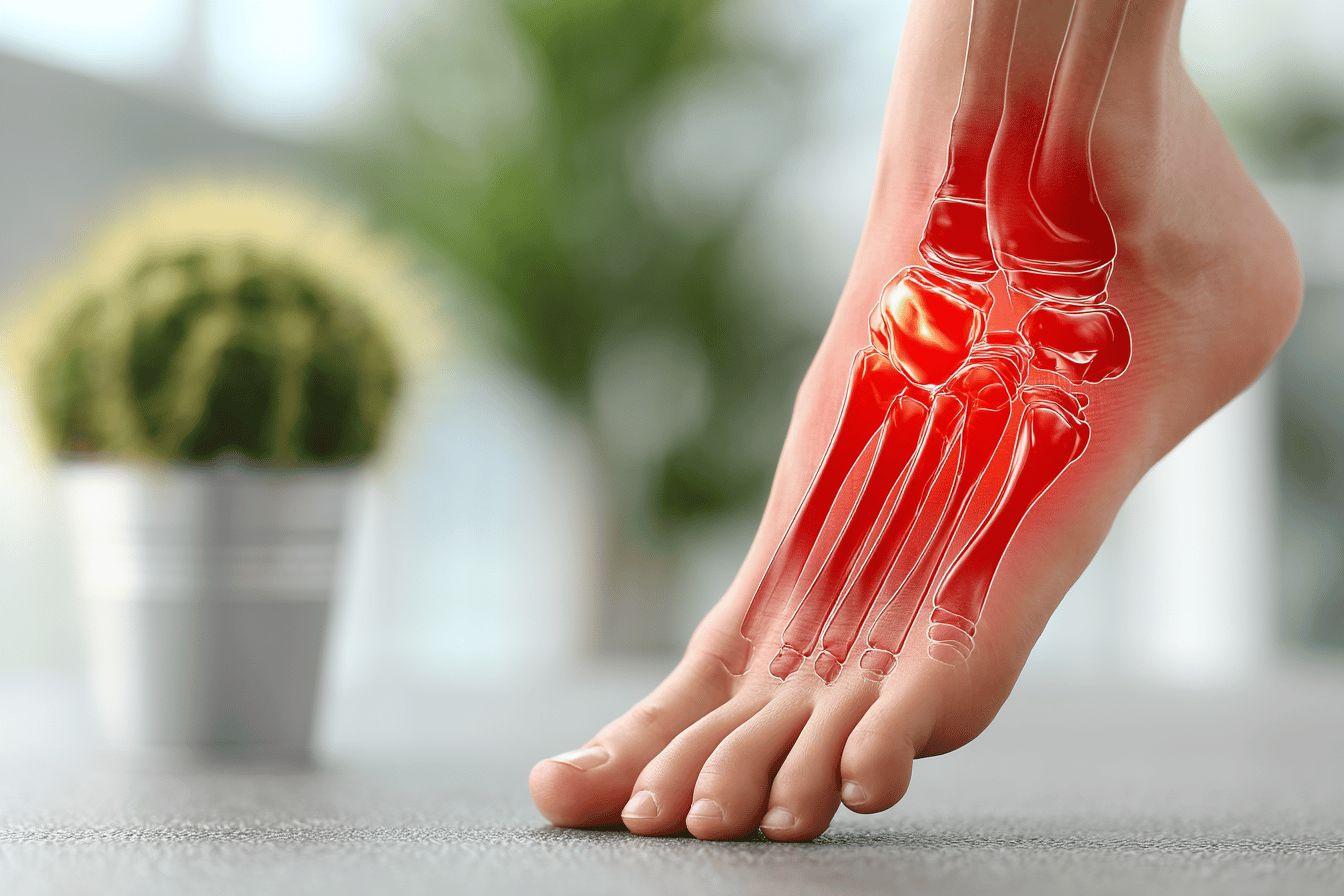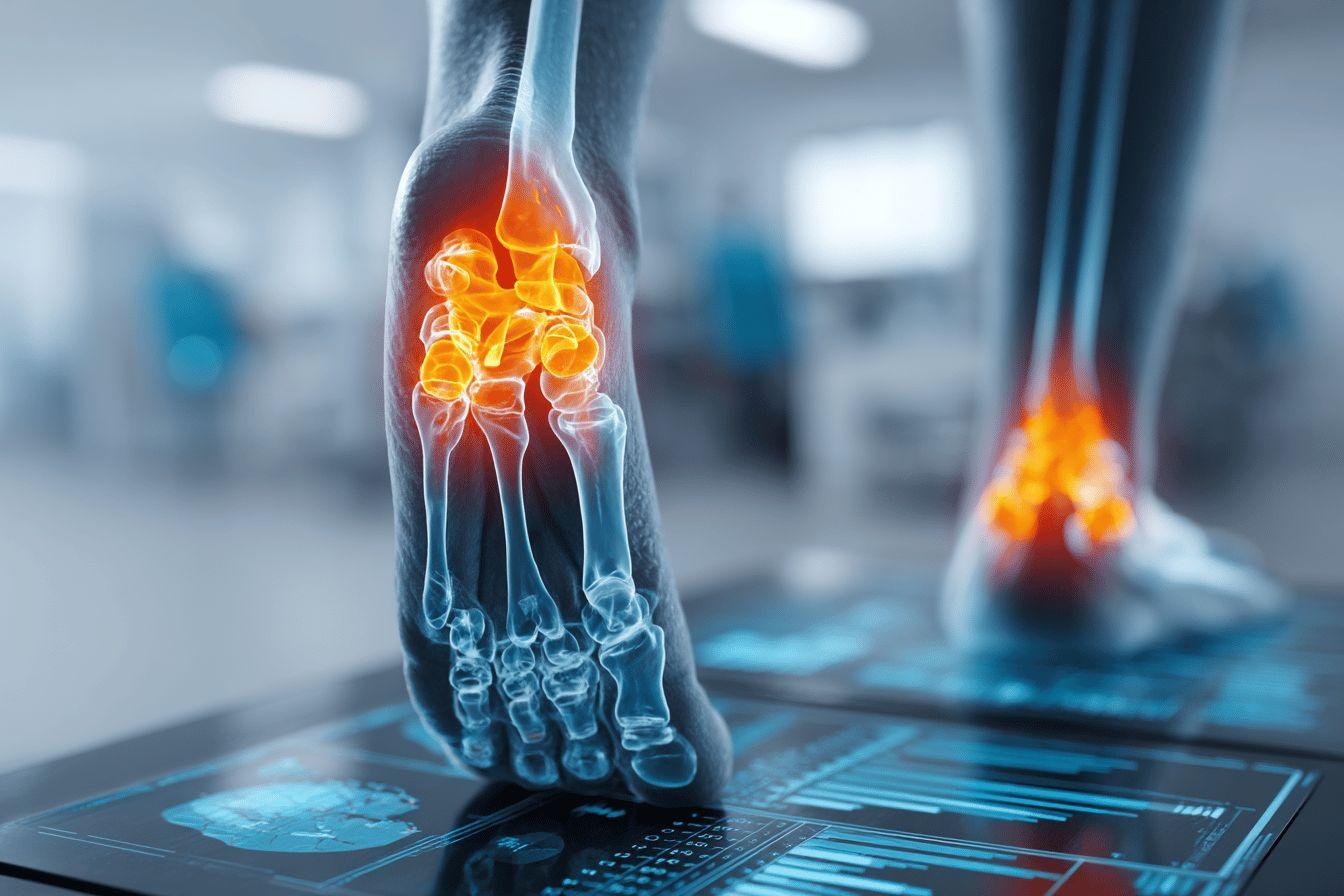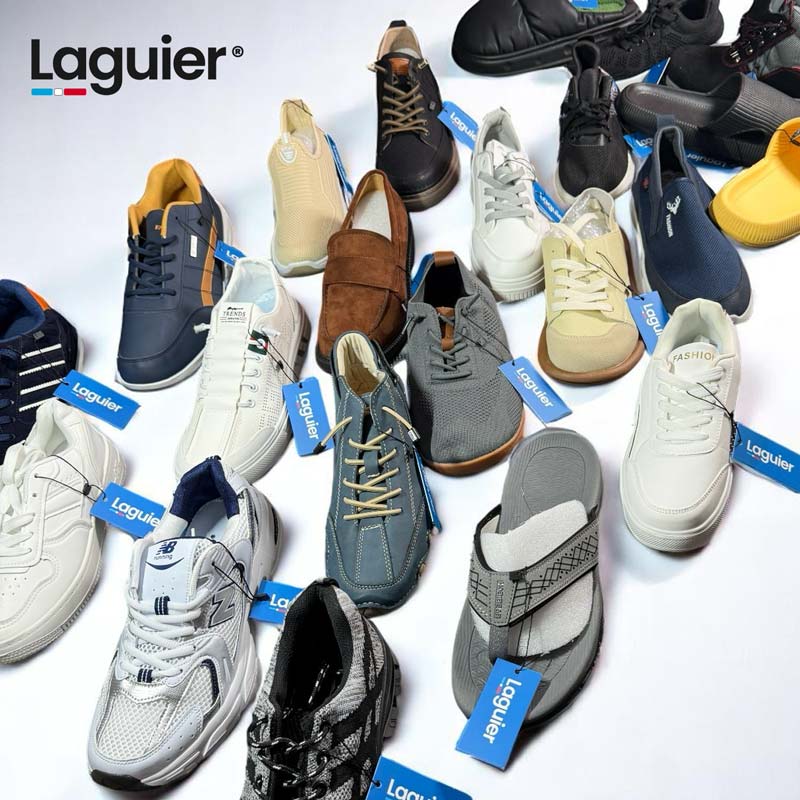Article at a glance
Swollen feet cause discomfort and pain, but there are several simple methods that can effectively reduce this daily swelling.
- Main causes: prolonged standing, excessive salt intake, certain medications, and pregnancy.
- Quick fixes: leg elevation, cold foot baths, and gentle compression to stimulate circulation.
- Effective prevention: adequate hydration, regular physical activity, and reducing salt intake.
- Importance of comfort: choosing suitable shoes and practicing massages regular to improve circulation.
Swollen feet are a common problem that affects many people, especially after a long day on their feet or in hot weather. This condition, medically known as edema, can cause discomfort and pain. Fortunately, there are several simple solutions that can quickly reduce this swelling and restore comfortable feet.
Main Causes of Swollen Feet
Swollen feet occur when fluid builds up in the tissues. This fluid retention can be triggered by a variety of factors, some benign and others requiring medical attention. Understanding these causes is the first step in effectively treating the problem.
Prolonged standing is one of the most common causes. When we stand or sit for long periods, blood circulation slows and venous return from the legs to the heart becomes less efficient. Summer heat often aggravates this phenomenon by dilating blood vessels.
Diet also plays a crucial role. Excessive salt consumption promotes water retention in the body, often manifesting in the extremities such as the feet. Certain medications, including anti-inflammatories, hormones, and antihypertensives, can also cause lower limb edema.
Pregnancy is another common cause, particularly during the third trimester. The uterus then exerts pressure on the pelvic vessels, impeding venous return from the legs. This effect, combined with hormonal changes, explains why up to 80% of pregnant women suffer from swollen feet.
In some cases, plantar pain and swelling in the feet can signal more serious health problems such as venous insufficiency, kidney, heart, or liver problems. If swelling persists, is accompanied by severe pain, or appears suddenly on one side, consult a doctor promptly.

Quick Solutions to Reduce Foot Edema
Several simple approaches can effectively relieve swollen feet. Here are 10 practical solutions you can apply immediately:
- Leg Elevation - Position your feet above heart level for 15-20 minutes several times a day
- Cold Foot Baths - Alternate between cold and warm water to stimulate circulation
- Gentle Compression - Wear suitable compression socks
- Lymphatic Massage - Perform gentle movements from the outside in Body Center
- Salt Reduction - Limit your daily intake to less than 2300 mg
- Adequate Hydration - Drink 1.5 to 2 liters of water per day
- Moderate Physical Activity - Walk, cycle, or swim regularly
- Regular Breaks - Avoid staying still for long periods
- Suitable Shoes - Choose comfortable models without high heels
- Diuretic Herbs - Try green tea, dandelion, or cherry stem tea
A disinfectant footbath is a particularly effective solution. This method combines the benefits of immersion with the soothing properties of ingredients like Epsom salts, known to reduce inflammation and promote the elimination of toxins. To maximize results, prepare an effective disinfectant foot bath by mixing two cups of Epsom salts in a basin of warm water and a few drops of essential oils like peppermint or tea tree. Immerse your feet for 15-20 minutes, then dry them thoroughly.
| Solution | Action Time | Effectiveness Level |
|---|---|---|
| Leg Elevation | 15-20 minutes | High |
| Foot Soak | 15 minutes | High |
| Massage | 5-10 minutes | Medium |
| Compression | All day | High |
Edema Prevention for Daily Comfort
Prevention is better than cure, especially when it comes to swollen feet. Adapted daily habits can significantly reduce the risk of edema and improve your overall comfort. Prevention begins with adequate hydration - paradoxically, drinking enough water helps the body eliminate excess fluid.
Regular physical activity plays a crucial role in stimulating blood circulation. Simple exercises like ankle flexion or foot rotation can be done even at the office to activate the calf muscle pump. This natural "pump" facilitates venous return and reduces fluid accumulation.
Your diet directly influences water retention. Reduce your salt intake and favor potassium-rich foods such as bananas, spinach, and avocados. Potassium helps balance sodium levels in the body, thus limiting fluid retention.
The choice of footwear also impacts the health of your feet. Ill-fitting shoes compress blood vessels and impede venous return, promoting edema. Choose comfortable models with adequate arch support and ample toe room.
If you regularly suffer from foot pain accompanied by swelling, consider consulting a podiatrist. This specialist can assess your gait and recommend orthotic insoles if necessary, thereby correcting biomechanical issues that contribute to edema.
Finally, give your feet some time to relax. Regular foot massage improves lymphatic and blood circulation, reducing the risk of swelling while providing an immediate feeling of well-being. Just a few minutes a day are enough to achieve significant results.





Leave a comment
This site is protected by hCaptcha and the hCaptcha Privacy Policy and Terms of Service apply.